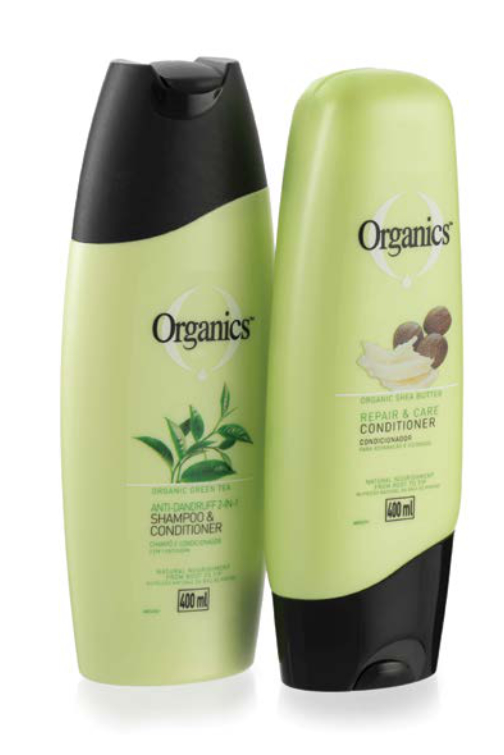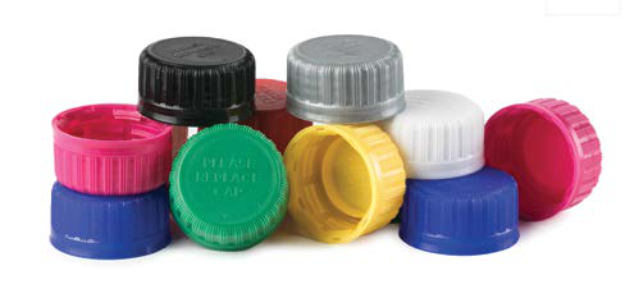A combination of performance and sustainability continues to drive the packaging industry regardless of the company, its products or substrate used. With legislation clamping down on single-use plastics and new laws coming into play across the globe, tethered caps are becoming all the rage. These are not just for bottles, but for HDPE packs, pouches and cartons, with Tetra Pak having launched the first such caps on cartons earlier this year in several European markets. Susan Unsworth reports on Husky’s progress in this area and on an environment-conscious move from Mpact.
CREATIVITY in tethered cap technology is hitting new heights, ensuring this nifty little bottle appendage captures increasing brand attention and consumer imagination, while accelerating the sustainability drive. During a presentation at PETCO’s ‘Design for circularity’ webinar, Husky global director: beverage application engineering, Marco Duarte, let the audience in on the company’s latest thinking and design innovations. ‘We see tethered caps as a global opportunity as more countries ban single-use plastics and pressurise producers to enhance recyclability of all package components,’ he confirmed. ‘Europe set the ball rolling in 2019 with a directive making tethering mandatory by July 2024 for all single-use PET bottles under three-litres. Now the US, Canada, Australia and others are planning to follow suit. Our tethering solutions are currently active in 13 countries, including 56 projects outside Europe.’ As much as it is a legislative imperative for PET bottle producers, the superior value proposition of tethered caps is a significant consumer drawcard, Marco confirmed. ‘Consumers are always drawn to novel packaging solutions and tethered closures deliver these. Although still in its early phases of adoption, the concept allows brand owners to introduce a premium experience before their competitors do. And, of course, people are demanding environment-friendlier packaging, which is spurring brands to switch to tethered closures to meet their sustainability commitments, thus helping to reduce volumes of unrecovered plastic waste.’ Marco explained Husky’s approach to development. ‘When we thought tethered closures, we looked at the whole life cycle – shelf, first sight, first opening, reclosing, reopening and how they drink. We evaluated many concepts and tested them for intuitiveness both in-house and in consumer trials. The design we settled on comprises two arms, a flap and a hook. The cap opens to 180°C, which ensures it doesn’t hit the consumer’s face nor interfere with the drinking experience.
Yes we cam!

‘The integrated hinge includes a cam that offers a fluid closing motion lacking in many tethered designs. It alleviates the need to manipulate the closure into position to reseal. This feature is based on slides that form the tethering system, thereby enabling more design freedom and facilitating the incorporation of complex tethering geometry,’ he stated. ‘It differs from the slit approach – where tethering is created through a post-mould scoring operation – which is a basic, compliant approach with little design flexibility.’
Bottlers benefit, too, from the moulded-in bridge, which is ready for the capping line without additional accommodations. The need for tooling conversion is minimal. Marco continued: ‘We have invested heavily in software to optimise cap weight and on the CocaCola 1881 tethered closure, for example, we reduced the weight by 0.2g compared to conventional caps by removing weight associated with overdesign. ‘And our tethering system meets the EU requirement of withstanding 15 openings and closings and 25 newtons of pull force.’ Any new design process begins life in the virtual realm, he elaborated. ‘We start with the neck and closure specs, design the closure, then simulate closure and production, before moving to physical piloting, inspection and laboratory performance testing. Only then is the closure and bottle trialled on the line, and refined or modified if needed in readiness for its first real-world production run.’ Husky tested hundreds of pilot designs to develop its comprehensive portfolio and will continue to do so as the selection constantly evolves, he concluded.
An Organics journey in sustainable solutions
Mpact Plastics’ newest development on track for sustainability success is Mypolen, developed with Myplas for Unilever’s Organics range. According to Mpact’s managing director, Neelin Naidoo, innovation is a 100% household postconsumer rPP hinged closure that minimises the use of additives, while meeting functional and environmental objectives. ‘The uniform rPP grade has proved itself a suitable substrate that will reduce levels of PP reaching landfill, thus strengthening our recycling stream,’ he asserts. Mypolen, a Myplas resin blend, was developed with international additive suppliers and a local university polymer science department. The post-consumer recyclate in the closure is waste-based and accurately hand-sorted to ensure a fine balance of PP material grades is blended to not only improve propriety material ratios but achieve a consistently uniform grade. This contributes to melt flow rates – essential to avoid production hitches such as in-mould short shots – and screw design – which ensures the sufficient mixing vital during extrusion for post-consumer recyclate resin consistency and the distribution of additives without damaging mechanical properties. During development, the cap didn’t always fit though. Several challenges arose, Neelin notes, but these were overcome through brand owner, converter and recycler collaboration. Slight colour variations were evident during production, which were also addressed successfully. The finished product balances stiffness for the hinge to clip and remain on the softer rHDPE bottle without bending fatigue so that it operates without breaking. Warpage caused by the variable cooling rates of PP grades in post-consumer streams was overcome by installing further auto-sorting equipment that purifies the waste-stream to 99.8%. This also contained additives to only two, one to counteract the variable PP melting rates and the other to eliminate mould release issues during conversion. Initial application is but one benefit of the closure, Neelin maintains. ‘It proves that rPP is a feasible closure option and that tons of it could be used in future applications, making a positive environmental change with minimal disruption to the market and end-user.’

The introduction of Myplas Mypolen follows Mpact’s replacement of the traditional printed closure indicating brand and product flavour by an embossed closure reading ‘please replace cap’. This was achieved without additional weight and removed ink from the packaging, ensuring higher compliance to design for recyclability principles. ‘The removal of printing eliminates contamination of recycling process effluent,’ Neelin stresses. ‘It also reduces carbon footprint by removing the ink and gas-burned treatment of the closure associated with printing. The impact amounts to 860-litres of ink and 8 100kg of gas for closures supplied by the submitting converter alone. Importantly, the closure is enhancing consumer education, encouraging improved collection rates because it remains attached to the bottles. It’s another step in the carbonated soft drinks bottle’s sustainability journey, which has advanced in recent years with selection of PET grades, inclusion of rPET, weight reductions and improved labelling.’

